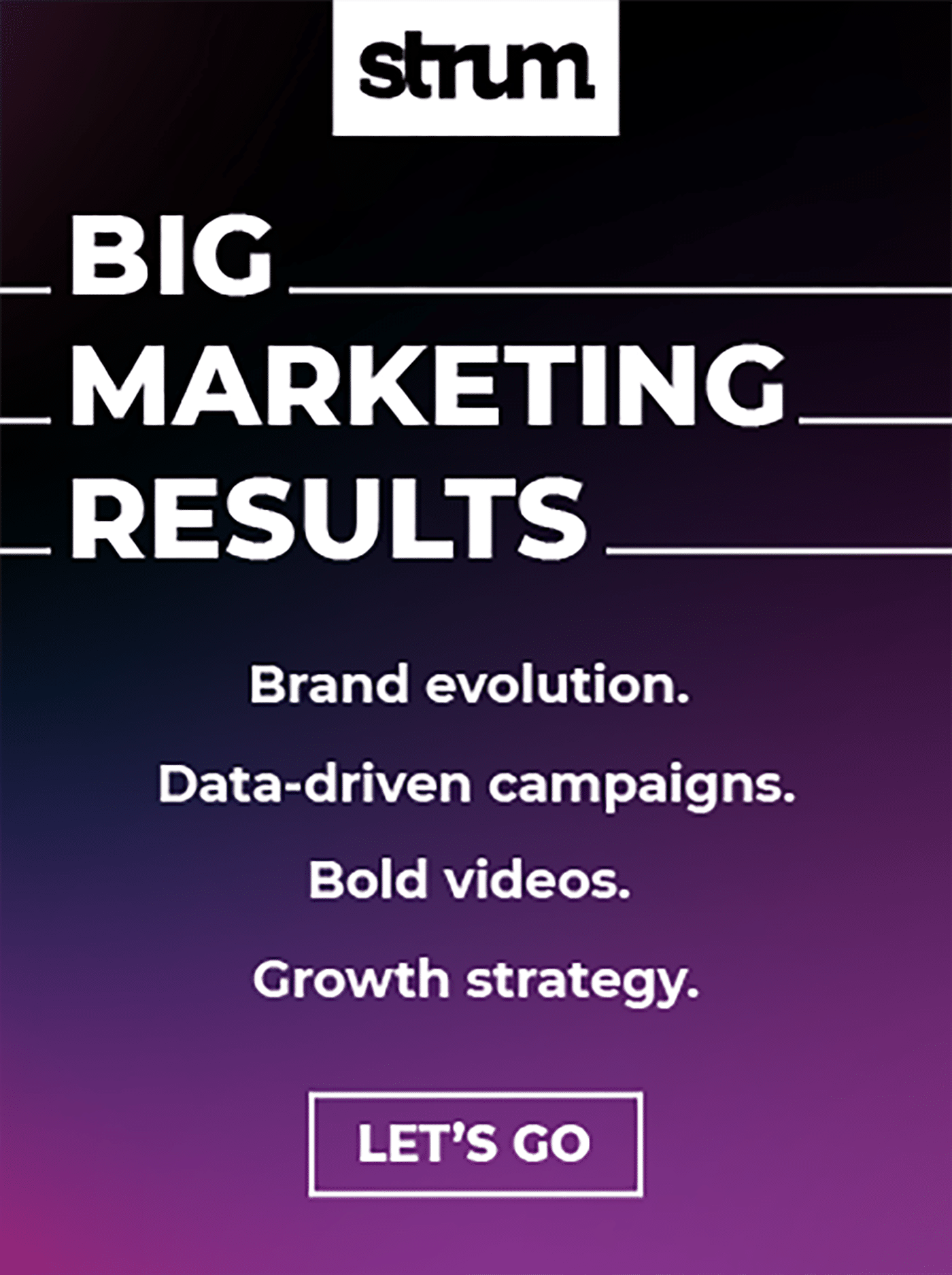While many financial institutions use a content marketing strategy to build stronger engagement, loyalty and sales with small businesses and other commercial clients, far fewer institutions use content marketing to reach their retail customer base. This not because the strategy is ineffective. It is usually because it is more difficult to create and to measure in retail. It is also because B2C content marketing has nuances that are different than what is used to reach businesses.
For instance, with content marketing targeted to businesses, the typical motivation is to provide product knowledge and to assist the business with the challenges of conducting daily operations. This can range from accounting and tax challenges to cash flow management and credit. In many cases, business owners and senior executives are looking for facts and statistics that will help them make strategic and/or financial decisions.
By providing specific insights in charts, tables and even models — both directly through email as well as through social media and online — financial institutions help business clients make or save money while building trust through the institution’s knowledge. In most cases, there is a direct path from the content strategy, to the information used by the client or prospect, and then to the ultimate sale.
The thought leadership provided to the business client is usually solutions-based and could be rather narrow in scope. There is also a premium placed on the ability for the small business or commercial officer assigned to the account being able to effectively follow-up on content consumed.
Read More:
- Major Content Marketing Trends For Banks & Credit Unions In 2019
- Banking Should Include Podcasts as Part of Content Marketing Strategy
- 9 Ways Financial Marketers Can Get Content Marketing Right

Solving the Deposit Puzzle: Strategies for Growth in Rate Uncertainty
Join Kasasa’s insightful webinar to explore effective strategies for navigating the complexities of rate uncertainty.
Read More about Solving the Deposit Puzzle: Strategies for Growth in Rate Uncertainty

Industry Cloud for Banking from PwC
PwC’s Industry Cloud for Banking applies our deep industry knowledge to your specific business needs.
Making Consumer Banking Content Marketing Work
To make consumer content marketing work, there needs to be an emotional connection. Unlike the business customer who is usually looking to solve a specific business challenge, most consumers have a broader range of needs related to their financial position. They want their bank or credit union (or fintech partner) to know them, look out for them and reward them in a way that is both entertaining and informative.
The retail consumer is much more likely to be impacted by stories that they can relate to from a highly personal basis. In other words, ‘Show me examples of how your organization has solved financial challenges for people like me’. What is important is that this content can not have a different ‘voice’ or brand message than other components of content that the consumer may see.
Content marketing for consumers may include blog posts, short-form videos, podcasts, social media communication as well as the way you communicate on your website. All of these content strategies must have the same emotional appeal and must be focused on the needs of the consumer. Done well, they combine highly targeted and contextual appeal for the consumer with data and information that is helpful.
In most cases (rightly or wrongly), content marketing for small businesses or commercial accounts is solution-based. For consumers, the content should be created and delivered so that the consumer believes you are talking directly to them, with examples from people they can relate to. In other words, you need to account for numerous personas.
This may be as general as building gender-specific creative, or as specialized as customizing based on customer journey, specific demographics, product ownership, geographic location or recent search activity (are they about to purchase?).
Whatever channel(s) you decide to use, these steps are important for success:
- Define the audience
- Define the type of content you want to use
- Determine who will create the content desired (preferably highly customized to the audiences selected)
- Determine where the content will be published and how it will be promoted and shared
- Measure the results
Why Content Marketing Resonates Now
Traditional marketing is becoming less and less effective as consumers are getting inundated with product pitches that lack personalization or context. Instead of pitching your products or services, content marketing allows banks an credit unions to deliver truly relevant and useful content to prospects and customers to help them solve specific issues.
According to content marketing expert Neil Patel, “Content marketing is the most important element that you can use to capture and nurture leads, educate and build loyalty among prospects, create interest in your business and improve your search traffic.” When financial institutions combine various content marketing strategies (web, email, videos, social media, etc.), they can capture the consumer’s attention and provide them reasons for doing business with you. Done well, this connects with consumers on a very personalized and emotional basis, building brand recognition and loyalty over time.
Similar to other forms of marketing, timing is everything. Whether you’re using email marketing, blogging or social media marketing, they all rely on timing for success. You need to look for triggers that consumers provide to let you know it is the best time to reach out with a message that resonates. By showing you understand the challenges the consumer is faced with, and that you can help them solve these problems, they will appreciate seeing your messages.

What’s nice about content marketing is that once you have your target audience engaged with the content you create for their benefit, the more they want, and the stronger the bond gets with your organization. In addition, much of your content becomes ‘sharable’ with other people like your target.
Content marketing helps your financial institution to be found by consumers who are searching for your services. Since people will often check your website before they decide to buy, the content on your site becomes very important. If you provide both blog posts as well as audio and video content, visitors can self select what they want to read, listen to or watch. This level of engagement (and trackability) is not possible with other marketing strategies.
With the importance of content marketing only increasing, all financial institutions need to include this marketing strategy as part of their marketing mix. As more organizations in all industries are building more content, the quality and the distribution of content across multiple channels becomes even more important. And as with all forms of marketing, testing what works is part of the fun.







